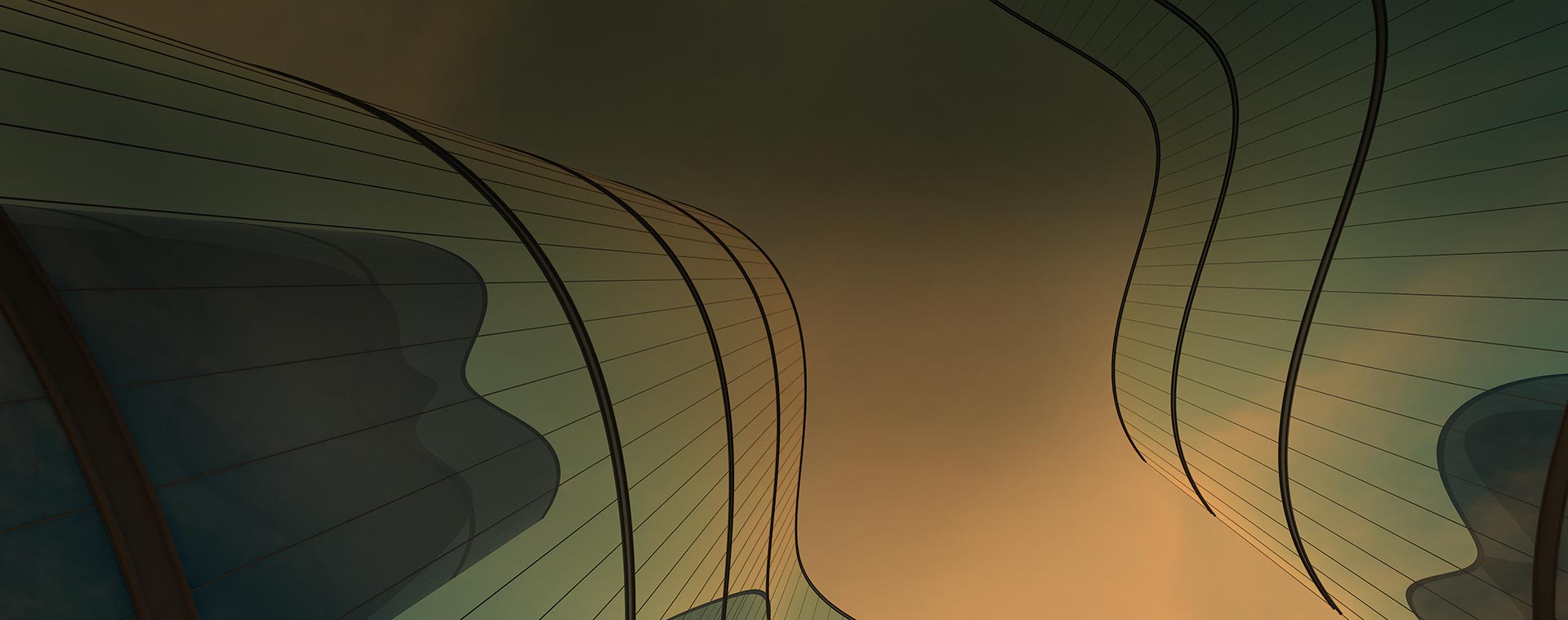Seminar Details
Seminar Title:
Wall art and installation as placemaking tools applied to Indian cities: Evidence from Rourkela
Seminar Type:
Departmental Seminar
Department:
Planning and Architecture
Speaker Name:
Dr. Deepanjan Saha
Speaker Type:
Faculty
Venue:
Department Seminar room
Date and Time:
15 Feb 2023 5:30pm
Contact:
sahad@nitrkl.ac.in
Abstract:
Wall art and installation as placemaking tools applied to Indian cities: Evidence from Rourkela
Although characteristically identified as an act of vandalism and a marker of hip-hop culture, wall art or graffiti, as a form of public art and a tool for commentary, has received a growing public acceptance in Indian cities through the last decade. Besides being a public art form and a tool to reclaim public spaces, wall art has been promoted as a quick and potent tool to beautify city walls under govt. led flagship Smart City projects in several Indian cities. Such graffiti also acts like a platform to raise civic awareness and publicity around several govt.-led schemes. Additionally, the installation of imitated versions of the iconic ‘I love …’ signs at chosen vantage points in the city streets and public spaces has been quite a ubiquitous measure taken by the city administrators towards city branding. Addition of new façades to public buildings, like railway stations and municipal offices, have been quite another favourite. Although these city govt. led measures have been widely appreciated for adding an identity to the city and as a tool for urban regeneration, it has also received criticism considering these to be disproportionate allocation of city development funds and for putting up a misleading picture. This paper investigates the efficacy of the widespread application of these two artistic tools – wall art and installation – to quickly achieve the desired effects of placemaking and city branding in Indian cities. It presents evidence from the city of Rourkela while it undergoes a quick formulaic makeover to co-host the Men’s Hockey World Cup in January 2023. Based on a perception-based survey held among the residents, it assesses the level of public appreciation and criticism of these placemaking tools being applied to the steel city which otherwise lacks any signature visual character.



